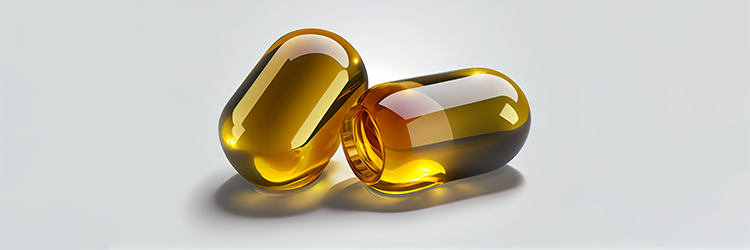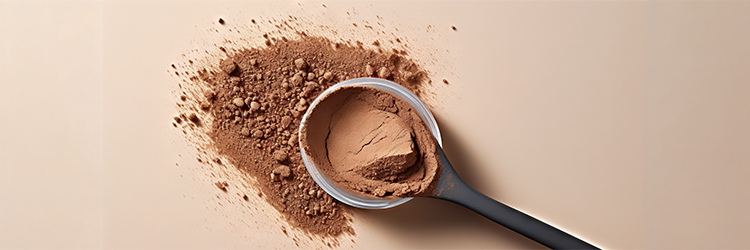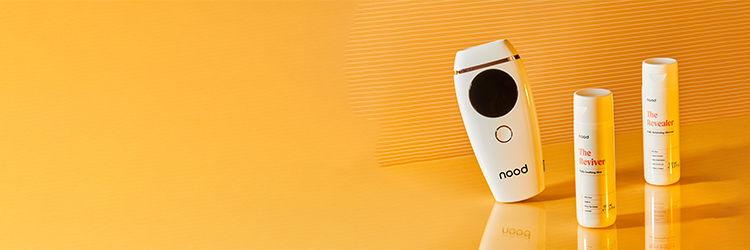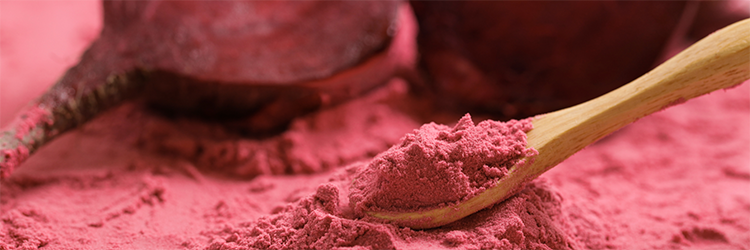
Disclaimer: None of the information in this article constitutes medical advice, and is just the opinion of the writer(s). We recommend that patients follow their doctor’s guidance in regard to TMJ treatment.
Botox, which is short for botulinum toxin, is typically used to reduce wrinkles and improve aesthetic appearance. However, more doctors and clinics have begun offering the procedure to treat temporomandibular joint (TMJ) disorders and relieve pain.
But is botox actually proven effective for TMJ in medical studies? Do real patients report pain relief when getting botox for TMJ? What's the risk of side effects? And is this treatment covered by insurance?
In this article we'll answer all of these questions and more, as we review clinical studies on botox for TMJ, to determine if the treatment is likely or not to relieve pain.
We'll also feature unsponsored patient reviews, discuss the potential for side effects and highlight some natural alternatives for TMJ.
Does Botox for TMJ Work?
There have been a significant number of clinical trials testing the effects of botox in patients with TMJ.
A published by the Canadian Agency for Drugs and Technologies in Health analyzed data from four clinical trials on botox for TMJ.
The results were relatively negative. The study authors concluded that “None of the included systematic reviews expressed confidence in the efficacy of [botox] for treating [TMJ].”
Some of the included studies did show positive results, but the researchers noted that there were so many different techniques and treatment approaches used that it was hard to argue that the procedure is effective overall.
A 2019 concluded that botox may be useful for patients who don’t respond to standard first-line TMJ treatments such as physical therapy and splint therapy.
In patients who didn’t respond to standard TMJ treatments, subsequent botox treatments led to a statistically significant improvement in pain scores on average.
A published in the British Dentists Journal concluded that botox could be considered as a worthwhile last-resort treatment option for TMJ, but due to the cost and potential side effects, all safer options should be exhausted first.
Based on the available research, we will conclude that botox may be effective for treating TMJ, but shouldn’t be considered as a first option because it doesn't appear to be more effective than treatment methods like physical therapy, and may have a greater risk of side effects.
Real Patients Try Botox for TMJ
A YouTube creator named Sarah Oliveras tried botox for TMJ in a video that discussed her experience and included before-and-after images:
A TikTok creator named "danischenone" shared her experience seven months after getting botox for TMJ:
What's the Side Effect Risk?
A published in the Toxins journal detailed the risk of side effects from using botox to treat TMJ.
The most common side effect appears to be difficulty chewing, but this should pass over time and is not reported as permanent.
A less common but more concerning side effect is negative effects to apperance due to muscle atrophy.
If muscles atrophy at the site of the botox injection, that side of the face could potentially "droop" and reduce the symmetry of the face, worsening aesthetic appearance.
The study authors also reported that flu-like symptoms are experienced by a small subset of patients (the percentage was not reported), but that this effect is transient and "usually of brief duration."
According to the above-linked medical review, around 100 units of botox are typically used, which is well under the lethal dose of 3,000 units, so we don't consider there to be any risk of systemic toxicity.
Overall, botox for TMJ may cause side effects, but we consider the side effect profile relatively mild for a medical procedure.
Natural Alternatives
There are three natural alternatives which may be superior to botox for treating TMJ, and significantly cheaper.
We recommend that all patients speak with their doctor prior to starting a TMJ treatment, and the below information isn’t medical advice but rather a summary of existing clinical research.
Physical Therapy
A published in the Physical Therapy journal found that physical therapy was effective, on average, for the treatment of TMJ.
The researchers reviewed various modalities of physical therapy such as jaw exercise, posture correction exercise and manual therapy. All physical therapy strategies were found to reduce TMJ pain on average, with negligible side effects.
The benefit of physical therapy, compared with botox, is that there is limited risk. It’s simply a targeted form of exercise.
Most doctors will refer a patient in pain to a physical therapist if needed, so it may be worthwhile for patients suffering from TMJ to speak with their doctor about setting up an appointment with a licensed physical therapist.
Red Light Therapy
In our infrared sauna review article, we highlighted the significant therapeutic potential of red light therapy. This treatment works because low wavelengths of red light can actually penetrate the skin barrier and directly influence metabolism.
It turns out that there is research showing that red light therapy is effective for the treatment of TMJ.
A published in the Pain Research and Management journal surveyed 31 clinical trials on red light therapy for TMJ.
The study authors found that red light therapy effectively relieves pain and improves functional outcomes in patients suffering from TMJ. Like physical therapy, red light therapy appears to have a favorable risk profile when set up properly.
Cognitive Behavioral Therapy
This discipline of therapy involves training patients to critically examine negative thoughts or feelings and change behavior patterns to optimize overall wellness.
Cognitive behavioral therapy (CBT) was was shown to be effective for managing PMS symptoms as we recently covered in our Flo Gummies review, and it’s been shown in medical studies to treat TMJ as well.
A 2006 found that cognitive behavioral therapy caused TMJ symptoms to improve or disappear entirely in 112 out of 136 patients after two months of treatment.
A 2010 concluded similar. Researchers found that cognitive behavioral therapy improved outcomes for patients with TMJ.
Will Insurance Cover Botox for TMJ?
Because botox is typically an aesthetic procedure, it's often not covered by health insurance in the US (even when it's used for functional improvements like to TMJ).
Some health insurers may cover botox for TMJ, so it's always worthwhile to call your health insurer prior to scheduling a botox treatment to check if the procedure is covered.
Be sure to notify the insurer that this procedure is being used to treat a medical condition, and if they approve of the procedure being fully or partially covered, it's useful to get that in writing.
Because botox can cost hundreds to thousands of dollars per treatment, it's definitely worth getting price estimates both from a clinic and from health insurance prior to deciding whether to proceed with treatment.
Our Clean Joint Health PicksWe receive compensation when readers purchase the products or services we recommend.

Illuminate Labs Ceylon Cinnamon Extract is our our top joint health supplement.
A 2020 concluded that “Cinnamon could be regarded as a safe supplement to relieve pain.”
Cornbread CBD Lotion is our top joint health skin lotion.
Cannabidiol (CBD) is to be effectively absorbed through the skin, and CBD caused "significant improvements in pain" when applied topically in a 2020 .
Both of the products recommended in this section are entirely free of ingredients that we consider to be unhealthy.























































































































































































































































































































































































































































































































































































































































































































































































































































































































